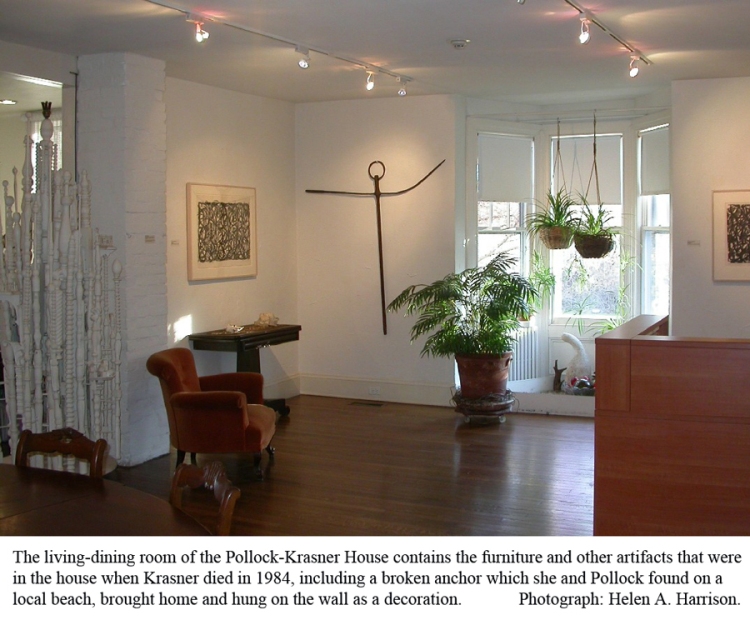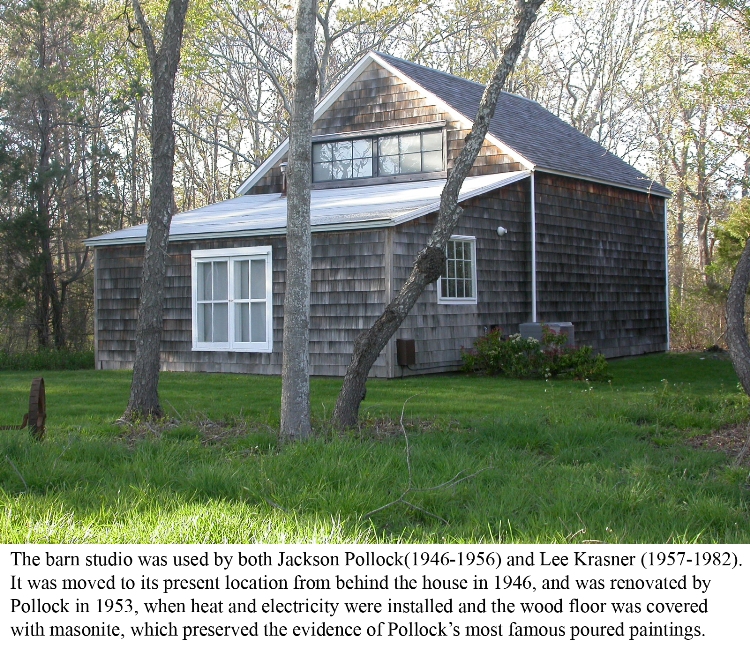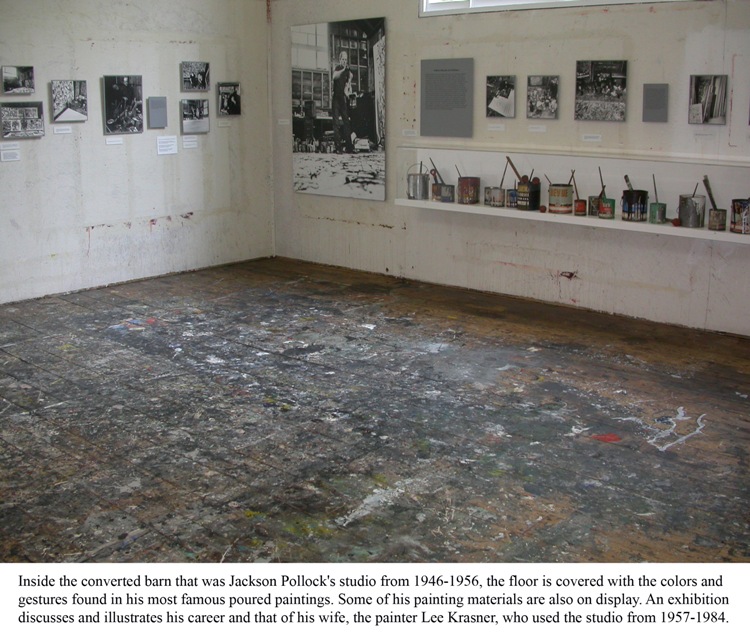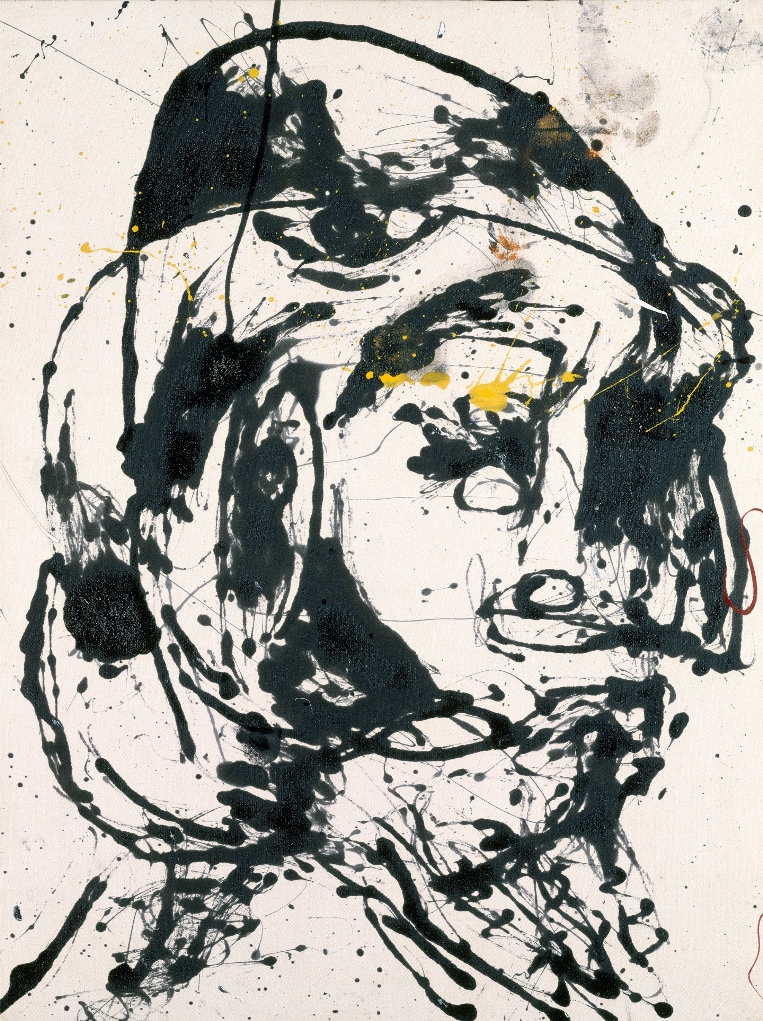In many ways, the story of Angels, Demons, and Savages: Pollock, Ossorio, Dubuffet unfolds in East Hampton, where Ossorio settled and Pollock lived (and painted) with his wife Lee Krasner in what is now the Pollock-Krasner House and Study Center. Here is a virtual tour of the abstract expressionist’s homestead (with captions provided by the Stony Brook Foundation-run site), which a participant in this online game (and two friends) will visit later this summer.
Tag Archives: Jackson Pollock
Pollock Meets Japanese Poetry in Collage

Jackson Pollock, Collage and Oil, c. 1951, oil, ink, gouache and paper collage on canvas; overall: 50 in x 35 in; 127 cm x 88.9 cm. Acquired 1958. The Phillips Collection, Washington D.C.
Jackson Pollock began making collages in 1943 at the invitation of Peggy Guggenheim, who organized an international Exhibition of Collage at her gallery Art of This Century. The Phillips’s Collage and Oil, executed in 1951, is probably one of Pollock’s last collages.
According to Head of Conservation Elizabeth Steele, Pollock placed torn pieces of Japanese paper and Western paper that he had first painted with ink or black paint and a pink ochre gouache on top of canvas in layers of red earth, pink, and black. After gluing the torn paper sections onto the painted canvas, Pollock splattered the entire composition with an Indian yellow paint and white gouache.
Collages, or pictures assembled from a variety of materials, have an ancient history. In the 12th century, Japanese calligraphers copied poems on sheets of paper that were composed of irregularly shaped pieces of delicately tinted papers. Tiny flowers, birds, and stars made from gold and silver paper were sprinkled over the composition. When the torn or cut edges of the papers were brushed with ink, their wavy contours represented mountains, rivers, or clouds. The calligrapher selected from such papers the one most appropriate to the spirit of a particular poem, which he then wrote out in an elegant hand.
Memories in Pollock
Upon entering the current special exhibition Angels, Demons, and Savages: Pollock, Ossorio, Dubuffet and looking left, I am startled by this monumental enamel and oil on canvas by Jackson Pollock. Though two-dimensional, its form emerges as a formidable human head, imposing as any ancient bust. A more contemporary relationship comes to mind–a memory flickers each time I pass it by of Per Kirkeby’s Large Head (1984), which sat just around the corner in last season’s exhibition.
Cecilia Wichmann, Publicity and Marketing Manager






